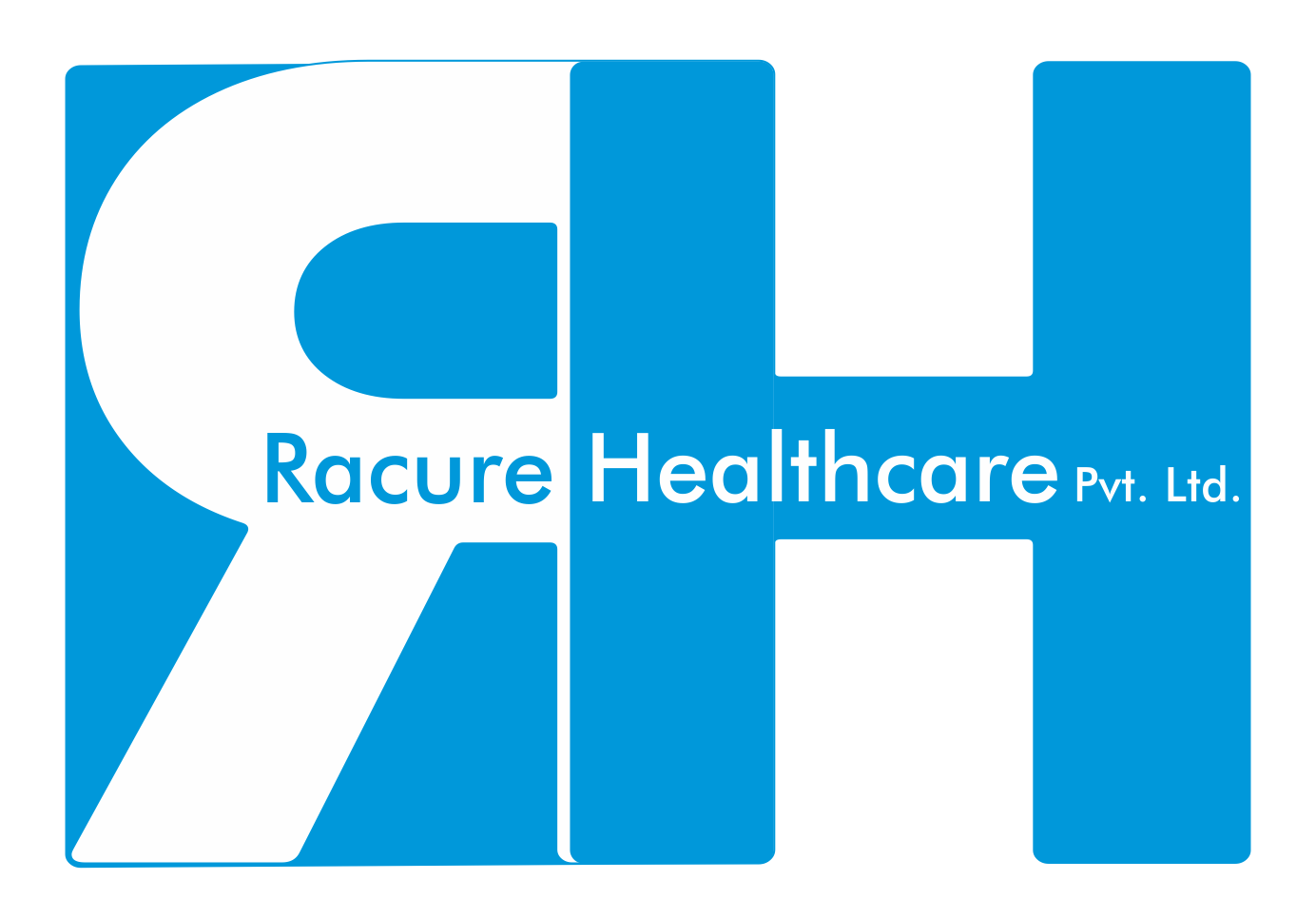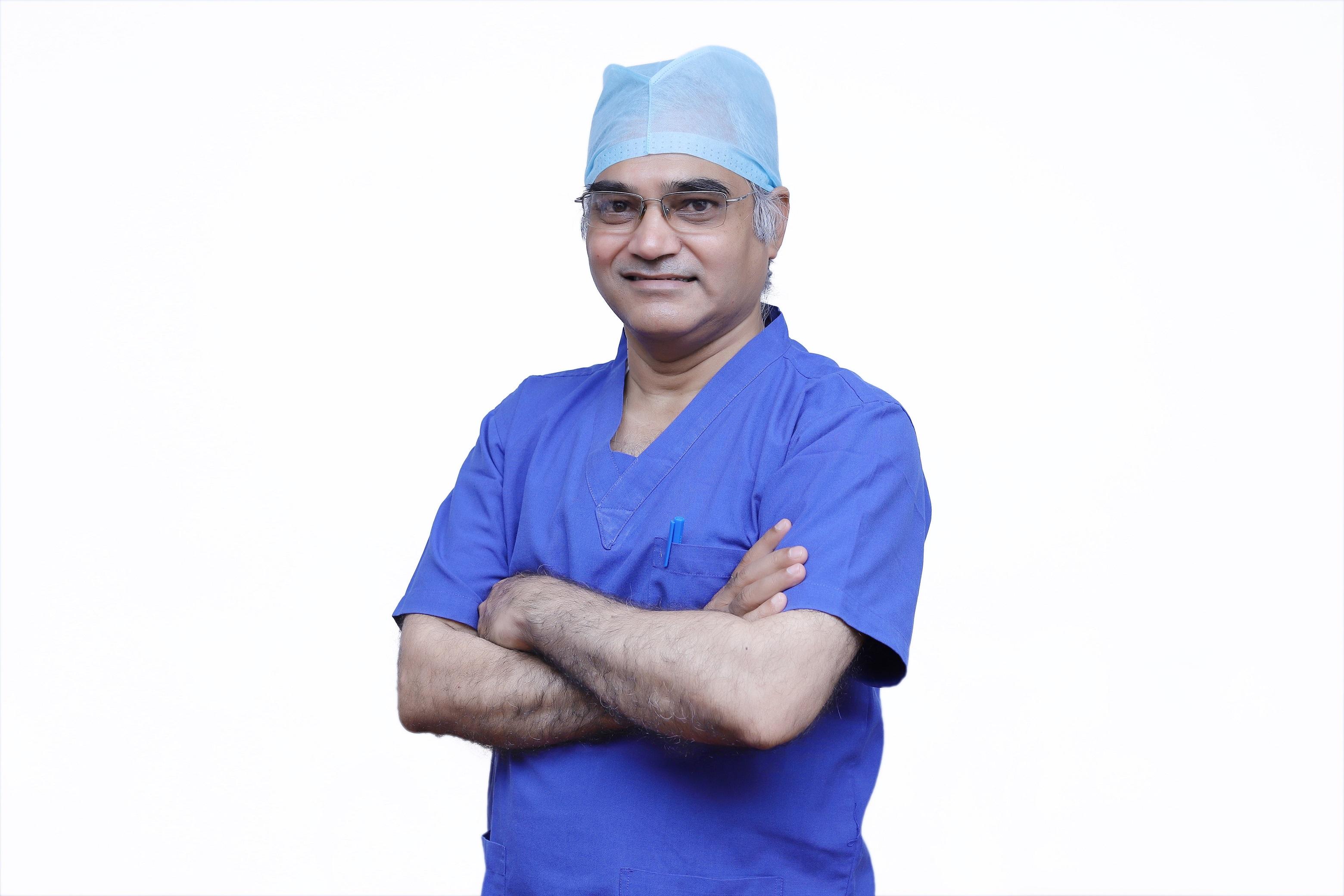Role Of ICD Implantation In Preventing Sudden Cardiac Arrest
ICD (Implantable Cardioverter Defibrillator) implantation prevents cardiac arrest in ventricular arrhythmia patients. These are small devices, just like pacemakers. Your cardiologist places them just below the collarbone.
The device consists of a battery-powered generator. It even has thin wires connected to the heart to track heart rate.ICD implantation even works as a pacemaker, mainly when your heart beats too slowly.
Why Does A Heart Patient Need ICD Implantation?
The heart is a muscular organ of our body. It delivers oxygen and nutrients to the rest of the body. A normal heartbeat ranges from 60-100 times per minute. However, high blood pressure, valve disorder, or coronary heart disease can cause irregular heartbeat or arrhythmia.
There are usually two types of heart arrhythmias. The first is tachycardia, where the heart beats 100 times per minute. The second one is bradycardia, where the heart beats less than 60 times per minute. Both of them can cause stroke and sudden cardiac arrest and may cause death if left untreated.
Fortunately, an ICD implantation can save the lives of individuals who are at high risk of threatening arrhythmia or inherited heart disease. Your doctor may advise for ICD implantation if you have survived sudden cardiac arrest due to ventricular fibrillation (a type of tachycardia).
The device is even helpful for patients suffering from cardiomyopathy (heart muscle diseases that cause challenges for the heart to pump blood to the rest of your body).
There may be other heart conditions your healthcare provider may recommend for ICD implantation.
What Is ICD Implantation?
An ICD implantation is an electronic device which your surgeon places near the collarbone to treat irregular heartbeats or arrhythmia. The device is almost the size of a stopwatch. It has wires which are connected to the heart. The main work of the electronic device is to continuously monitor your heart rhythm and send electrical shock when your heart beats abnormally.
ICD implantation is mainly of two types, i.e., transvenous ICD and subcutaneous ICD
Transvenous ICD
- The pulse generator is almost the size of a large pocket watch. It consists of a battery and an electrical circuit that reads the heart's electrical activity.
- The wires or leads connect the pulse generator to the heart by going through veins.
- This device has a built-in pacemaker. Whenever your heart beats too slowly, this device gives tiny pulses so that your heart works normally.
Subcutaneous ICD
- This device cannot act as a pacemaker.
- The device has one wire. But it does not go inside of your heart like a transvenous ICD. It runs under the skin along your chest and breastbone.
Risks Of Placing an ICD Implantation Device
The possible risks of placing the ICD device are as follows.
- Swelling in the chest area, especially where the ICD implantation device is placed.
- Reaction to the anesthesia or sedatives taken during the surgical procedure.
- Infection
- Collapsed lung
- Damage to the blood vessel where the surgeon has implanted the device.
- Rarely death
Things To Remember Before Placing an ICD Implantation Device
- Your doctor may recommend you do blood tests to check how long it takes for the blood to clot.
- You need to fast for several hours before implanting the electronic device.
- Your healthcare provider will thoroughly explain the ICD implantation procedure, risks, and benefits. He will give you a consent form. You need to read the form carefully and ask your doctor if you have any queries.
- The hospital staff may give you a sedative before the procedure begins.
- Tell your healthcare provider if you have a history of bleeding disorders.
- If you are pregnant or thinking that you are pregnant, then you should inform your doctor.
- Talk to your doctor if you take any medications, including over-the-counter or herbal supplements.
- Talk to your doctor if you are allergic to any medications.
- If you are breastfeeding, then you should inform your healthcare provider.
- Inform your doctor if you have heart valve disease. You need to take antibiotics before placing the device.
Procedure For ICD Implantation Device
ICD implantation is an outpatient procedure. However, the procedure can vary depending on the patient's condition.
The transvenous ICD insertion usually follows the below procedure.
- You must remove your jewellery and other objects you wear before the procedure.
- The hospital staff will tell you to remove the clothes and wear the hospital gown.
- The staff will instruct you to empty your bladder.
- You have to sleep on your back on the table.
- The staff will inject an IV line to insert medicines and fluids.
- The nurse will connect you with an electrocardiogram to monitor the heart's electrical activity.
- The staff will track vital parameters like blood pressure, heart rate, and oxygen level.
- The nurse will give you sedatives in your IV line so that you can relax before the procedure.
- The staff will clean the hairs at the ICD implantation site. The nurse will then clean it even with antiseptic soap to prevent infection.
- The staff will spread sterile towels around you and then give local anesthesia.
- You will be given local anesthesia at the site where your doctor will implant the ICD device.
- The doctor will make a cut on the insertion site (below your collarbone) when the anesthesia shows its effect.
- The sheath is the plastic tube where leads or wires are placed so that it can reach inside the heart. Your doctor inserts the sheath in the blood vessel, specifically under the collarbone.
- You need to remain still, especially during the insertion of the sheath.
- Your healthcare provider will slip the ICD implantation device at the incision site. If the patient is left-handed, your doctor will insert the device on the upper right chest. But if your patient is right-handed, your doctor will insert the device on the upper left chest.
- The healthcare provider will insert one to three leads in their position and then check it through fluoroscopy. It is a special X-ray showing the positioning of leads inside the heart on the monitor.
- Your doctor will then connect the leads with the pulse generator.
- The doctor will watch the ECG to ensure the ICD implantation device works properly. He may even conduct specific tests to avoid any further complications.
- Now, your doctor will close the incision site with stitches and apply a sterile bandage.
- The procedure is over within 2-3 hours.
Your healthcare provider will program ICD in two ways.
1. Low Energy Pacing
A patient will feel almost nothing or mild pain for one or two seconds when the ICD implantation device responds to mild changes in the heart.
2. High Energy Shock
The ICD implantation device will provide high-energy shocks if a patient has severe changes in heart rhythm. The patient will feel pain as if someone is kicking in the chest. But the pain will last only for one second. A patient should not feel discomfort when the shock ends.
It requires only one shock to return the heart to its normal rhythm.
If a patient receives two to three shocks (electrical or arrhythmia storm) within a few hours, then it's dangerous. You need to seek medical help immediately.
Your healthcare professional may prescribe some medications to lessen the risk of an ICD electrical storm.
Subcutaneous ICD Placement Procedure
- Your doctor will place the generator below the armpit area.
- Here, your doctor will use a single lead. It runs from the pulse generator to the mid-chest and then over the breastbone.
- Your healthcare provider will make a second incision just below the breastbone to secure the wire to your body.
What Happens After The ICD Implantation Procedure?
- You will be taken to the recovery room once the healthcare provider does ICD implantation.
- The nurse will consistently monitor your heart. She will even check your blood pressure from time to time.
- If you feel any pain in your chest or on the incision site, then inform the hospital staff immediately.
- You can get out of your bed within a few hours of ICD implantation. But try to move slowly after getting from the bed as you may feel dizzy.
- You can eat or drink when you are entirely awake.
- You must wear a sling one or two days after the ICD implantation.
- The insertion site may be painful. Your doctor will prescribe pain medications for it. Never take ibuprofen or aspirin as it increases bleeding risk.
- Your healthcare provider will visit your room occasionally to check that all the vital things, like blood pressure and heart rate, are normal.
- You may have a chest X-ray to check your lungs and ensure that everything is stable.
- You will leave the hospital a few hours after the implantation procedure.
- However, some hospitals may recommend you stay for at least one day to monitor your heart rate.
At Home
- You will return to your daily routine within a few days after the implantation procedure.
- Your healthcare provider will advise you not to indulge in activities that raise your arm above the shoulder. You need to follow it for almost 4-8 weeks.
- You should not indulge in strenuous activities for a few days after the procedure.
- You should not engage in energetic sports like golf, tennis, and swimming.
- You can resume your regular diet after returning home. However, in some cases, a patient is advised to adopt a different diet.
- Your healthcare professional may tell you not to indulge in contact sports after the implantation procedure.
- You have to keep the implantation site clean and dry. Your healthcare provider will provide special instructions to follow during bathing and showering.
- You should not drive immediately after the implantation procedure.
- Your healthcare provider will give special instructions regarding what to do when you first receive a shock from the ICD electronic device. For example, you must call 911 or go to the nearest hospital immediately.
- You should do slow, deep breathing when anxious or anxious after a shock.
- Discuss the nature of the job and when you will return to work with your doctor. Remember, your job nature and overall health will decide when you return to work.
- The ICD device must be evaluated occasionally to check its battery status.
- You can keep a home monitor that will wirelessly interact with the ICD implantation device. You can then share the generated information with your doctor.
When Should You Seek Immediate Medical Help after Inserting ICD Implantation Device?
- Severe or unusual chest pain
- Faint
- Trouble in breathing
- Heavy bleeding from the ICD implantation site.
- Profusely sweating
- Fever or chills
- You feel that your Device generator is wiggling
- Palpitations
- Lose consciousness while receiving more than one shock.
- Nausea
- Vomiting
How To Lead Life With ICD Implanted Device?
- You should always carry an ID card that shows that you have an ICD device in your body.
- You should avoid high voltage and radar machinery like radio and TV transmitters, radar installations, and high-tension wires.
- You may have surgery on any body part at some point. In such cases, you need to inform the doctor about the ICD implantation. Talk to your cardiologist before the surgical procedure and ask if you need any precautionary measures.
- You should inform the security staff about the ICD-implanted device in airport. If the airport staff checks you with a handheld scanner, remind them they should hold it over your chest for over a second. The handheld scanner has a magnet that can interfere with the ICD device's working. You can request that airport staff to do manual searching.
- The antitheft gates at the doors in some shopping malls can interfere with the device. You should not lean or stand over them for a long time.
- Never use a heating pad directly over the ICD.
- Contact your cardiologist if any doctor recommends MRI scanning in the future.
What Care Should You Take While Using Cell Phones And Electronic Devices?
- Never carry your cell phone in your chest pocket. It's safe to put your cell phone inside a small bag and put it in your pant pocket.
- It's safe to talk over the cellphone after inserting an implanted device in your body. However, the cell phone must be 6 inches from the implanted site.
- There are some electronic devices like smartwatches that have powerful magnets. They can interfere with the functioning of the ICD device.
Role Of Medical Tourism In ICD Implantation
The United States and other Western countries have advanced hospitals and experienced surgeons who provide ICD implantation to heart patients.
However, the cost of implanting an ICD device is quite high. Again, the patient needs to wait longer to get appointments and have the entire procedure. This adversely affects the health of the heart patient. In such cases, medical tourism destinations like India can be pretty helpful. You will find world-class hospitals with experienced cardiologists.
The best thing is that you don't have to wait longer for ICD implantation. You can even insert the electronic device at a fraction of the cost compared to the U.S. and other countries.
Racure Healthcare is one of the popular medical tourism companies in India. It will arrange video consultations with the best cardiologist in India. You can talk about heart health and overall body and make appointments before arriving at the destination.
It will even make VISA and flight arrangements so that you will not have stress while flying to your destination.
Conclusion
ICD implantation constantly monitors your heartbeat and delivers a shock when it senses a life-threatening rhythm. You can resume your daily activities within a few days after the implantation. However, you need to follow certain guidelines as your healthcare provider recommends.
If you find the ICD implantation cost too high in your Country, consider doing implantation in a medical tourism destination like India.
Racure healthcare will help almost in every step of your medical journey. It will appoint a personal care executive to stay with you from your arrival to your ICD implantation in the hospital. You can visit Racurehealthcare Company's website to learn more about its services.
Frequently Ask Any Question
Have you any kind of question, please feel free ask us.
A pacemaker is a small device that a cardiologist implants in the chest. Its main work is to send electric signals to start a regular heartbeat. ICD implant looks almost the same as a pacemaker but is larger in size.
In India, an ICD implant costs you USD 10,000 to USD 19,000.
ICDs will last for more than 10 years.
You will feel pain and discomfort for a few days at the site on which your cardiologist has implanted the ICD.
Related Doctor






